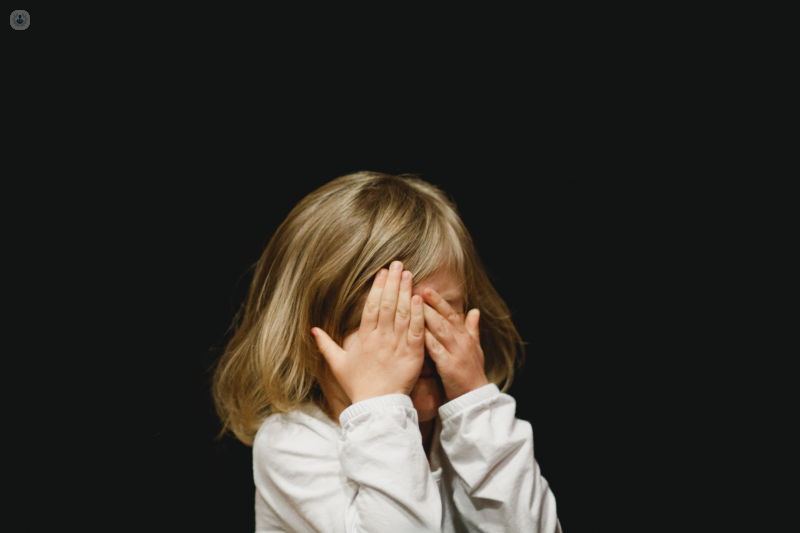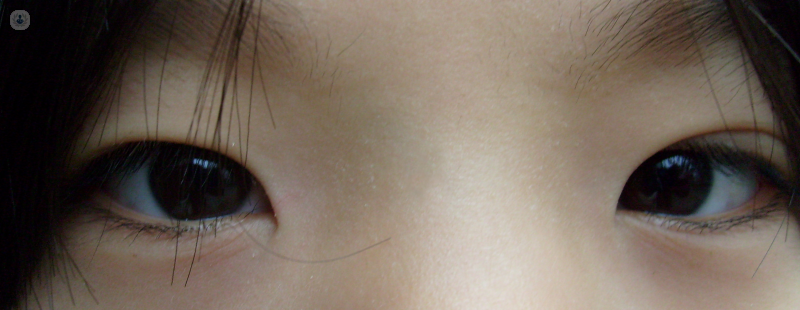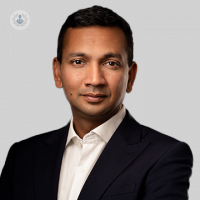What is a lazy eye? Amblyopia vs. strabismus
Escrito por:A lazy eye is a common problem that usually starts during childhood. However, there is some confusion among the general public as to what a lazy eye means. Expert ophthalmologist Mr Saurabh Jain is here to clear up any doubts as he explains the difference between two conditions: amblyopia and strabismus.

What is amblyopia?
Amblyopia is a condition in which one of the child’s eyes lacks a strong visual pathway to the brain, and as a result, its vision is weaker than it should be. The brain chooses to ignore the visual information coming from that eye in favour of relying solely on the stronger eye. The child is often unaware this is happening and the parents may not notice if there are no other symptoms. There are several reasons why this may occur. Amblyopia is also called a lazy eye.
What is strabismus?
Strabismus is a condition in which one of the child’s eyes points in a different direction from the other. It may turn inwards, outwards, upwards, or downwards while the stronger eye looks straight ahead. It is also known as a squint. However, many people erroneously refer to it as a lazy eye.

Why the confusion?
One reason why some people confuse a squint with a lazy eye is that the two conditions frequently occur at the same time – a misaligned eye that is under-developed and ignored by the brain. The misalignment may actually have caused the decline in vision, that is, the squint can cause the eye to be lazy.
Another similarity between the two is that they can both be caused by refractive errors (problems in the focussing power of the eye) and by eye conditions that can obstruct vision, such as congenital cataracts.
However, it is vital to remember that the two conditions are distinct – a child can have a lazy eye that is perfectly aligned, or a misaligned eye that is lazy, and even when the two occur together, both the amblyopia and the strabismus must be treated individually.
The difference between amblyopia and strabismus
In short, here’s what you need to remember:
Amblyopia:
- Lazy eye
- Affects the vision and often produces no symptoms.
- Can be caused by strabismus confusing the brain with different images from different eyes.
- Older children may have problems reading, writing, and drawing.
- Is treated with eye patches or eye drops to obscure the vision of the good eye, forcing the brain to rely on the lazy eye.
Strabismus:
- Squint
- Affects the alignment of the eye and is often visually noticeable.
- Can be caused by problems with the muscles that control the eye.
- Can be accompanied with double vision, blurred vision, or headaches.
- Can be treated with glasses, contact lenses, Botox, or surgery, depending on the case.
For more information or to book an appointment, visit Mr Jain’s Top Doctors profile


